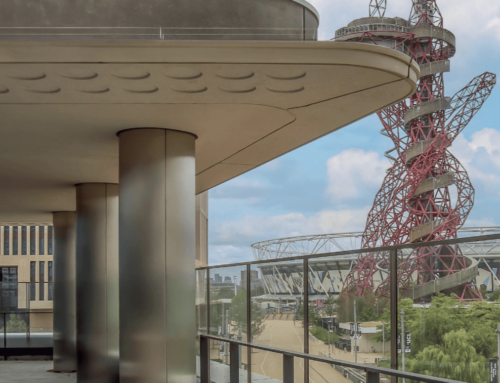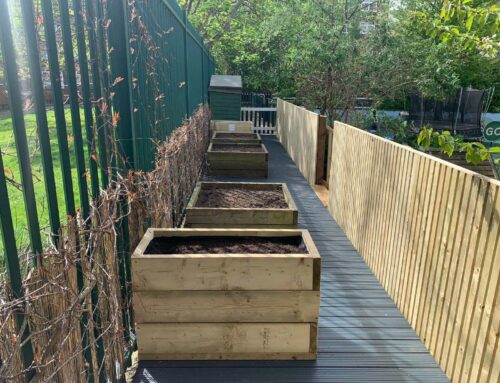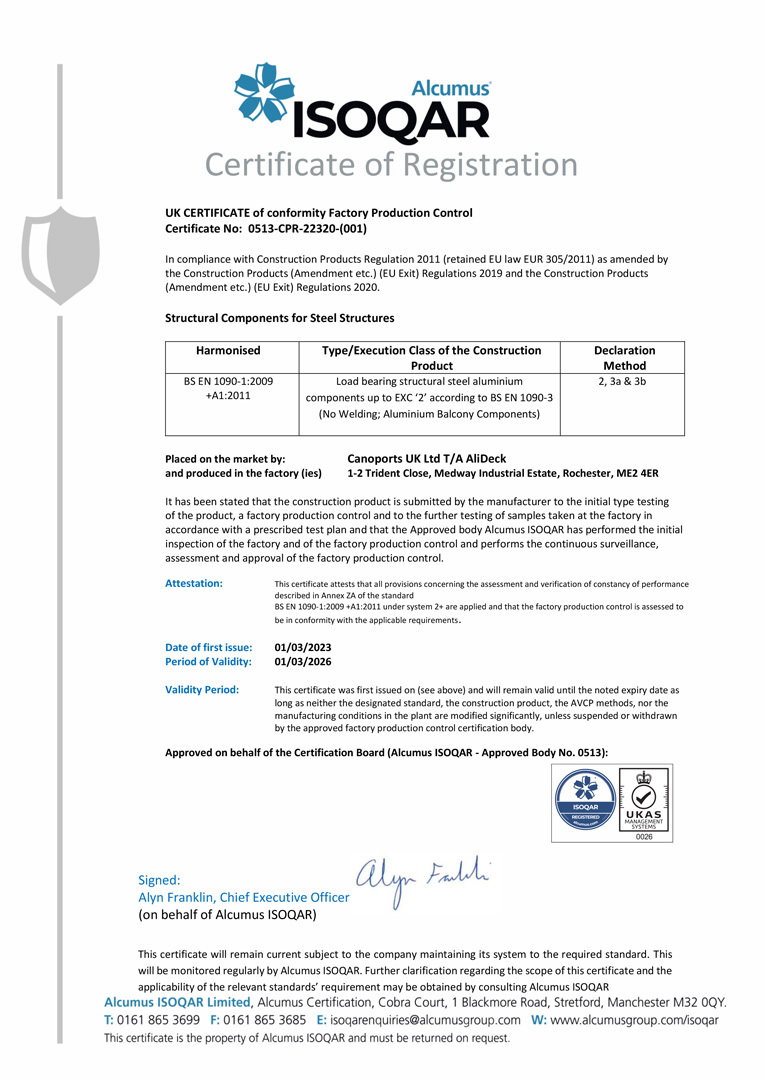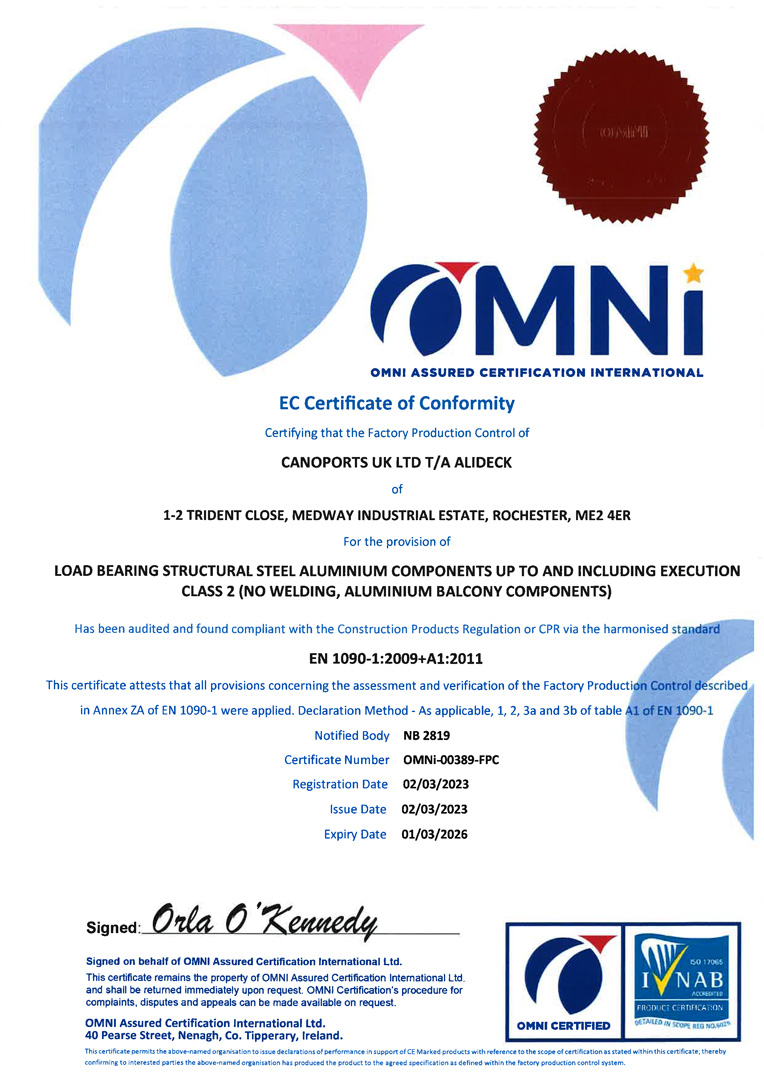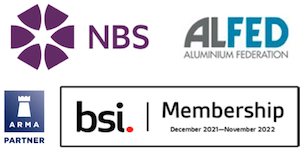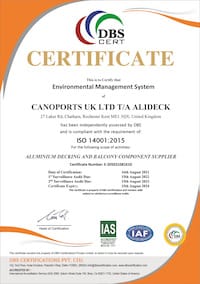Balconies: Are they a fire risk?
In the last week, balconies were involved in four separate fires across London, in East Ham, South Kensington, Bromley, and Aldgate. Only yesterday in Leicestershire another balcony went up in flames, caused by refracted sunlight igniting hanging clothes.
With hundreds of thousands of people living in flats with balconies across the UK, it is a great concern to see these fires occurring and a sobering reminder that fire safety remains an elusive goal.
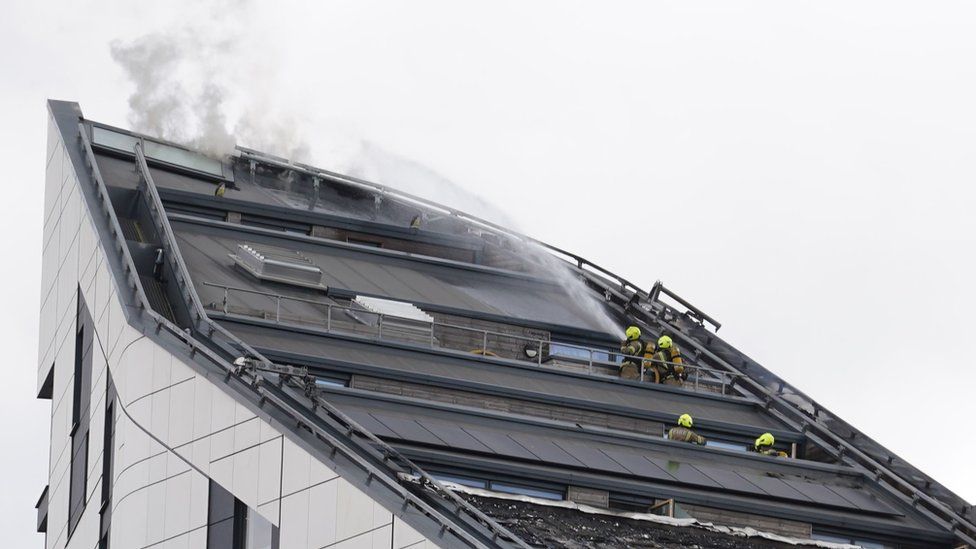
Is it worth the risk?
Due to the cost-of-living crisis and the hot, sunny weather we are currently experiencing, many will have been enjoying the sunshine from their balconies to avoid the pinch. The risks posed to balcony users are extremely serious, and it is crucial that leaseholders and building owners understand the threat. In a recent article we published after a balcony fire in Liverpool, we highlighted just a few of these risks and we recommend you revisit that to learn more.
Many regulatory changes were introduced following Grenfell, with a call for non-combustible materials to be used on high-rise properties across the UK as soon as possible. The use of combustible materials in the external envelope of new-builds was banned and Approved Document B of the Building Regulations was updated to require fire-rating of A2-s1, d0 for all materials.

Mortgage lenders clamp down following EWS1
A key issue in the aftermath of Grenfell, and the findings that were subsequently released, was in the housing market. Banks became increasingly risk-averse to lending on properties that might require future fire safety remediation, which resulted in the EWS1 scheme being developed for buildings above 18m in height.
This entailed chartered fire engineers performing surveys of buildings to determine if there were combustible material present and, if so, whether there was a risk of future remediation being required.
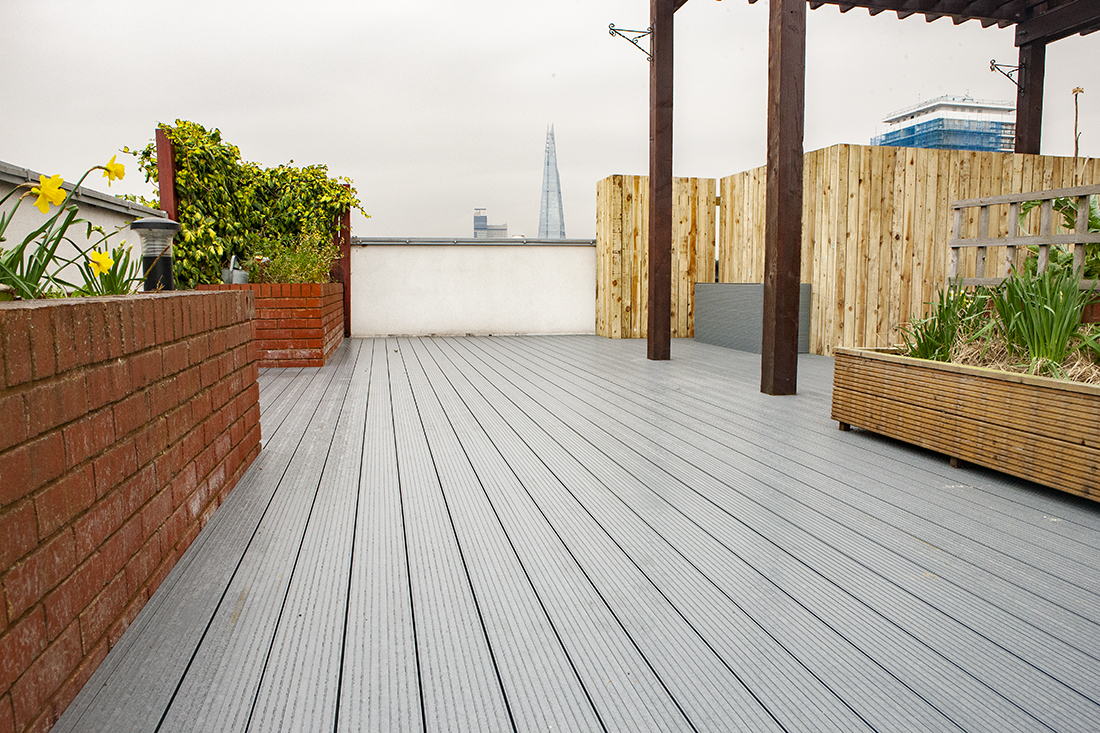
Shortly, after EWS1 launched, the Government published the Consolidated Advice Note, the text of which removed reference to height and meant that all multi-occupancy buildings of any height needed to be considered, leading to mortgage lenders requiring EWS1 surveys for tens of thousands of additional buildings. This created a vast backlog where leaseholders were effectively trapped in homes that were being declined mortgages.
PAS 9980 – the pathway to success?
In January 2022, the Consolidated Advice Note was withdrawn by Government and PAS 9980 was published as its replacement, outlining a risk-based methodology for conducting Fire Risk Assessments of External Walls (FRAEW).
While the intention was to bring “common sense,” to survey decision-making, PAS 9980 still requires surveyors and mortgage lenders to assess the fire risks from multi-occupancy buildings regardless of height. As a result, mortgage lenders and surveyors continue to exercise caution.

It remains to be seen whether PAS 9980 will resolve the problem, but six months of continuing remediation enquiries from across the UK to our office suggests not.
Why External Wall Materials Must Be Remediated
To consider the risks that we face through external wall fires, a key point lies within the construction and design of the balcony decking. If a balcony is made with timber or composite decking within the steel frame, this will act as a fuel source and, especially where balconies are vertically stacked, easily spread around the building as well as into it.
Other areas include the soffit cladding, balustrades and the use of privacy screens. These components will also contribute towards the ignition of a fire should they be made from a combustible material and subsequently spread across the external walls.

External wall fires can quickly enter the building and trap people inside without a safely accessible escape route. Many balcony fires are caused through human error, however, with residents often acting without due care and attention towards their surroundings.
For example, the AliDeck Annual Balcony Fires Report found 213 balcony fires occurred between August 2020 and July 2021. Almost half (104) of these fires were caused by smoking-related negligence, such as poorly disposed of cigarette ends that were still lit landing on combustible decking or igniting other combustible materials.
It is vital that we consider these risks when using our balconies. Without due care and attention one minor mistake can engulf a building within minutes putting many lives at risk. Ensure that balconies are kept clear where possible and that any combustible materials are kept away from direct sunlight or heated appliances.
Balconies must either be a non-smoking area or that all cigarettes are fully extinguished and properly disposed of. Never flick any finished cigarettes off your balcony and avoid the use a BBQ on a balcony especially on timber or composite decking surfaces.
Fire remediation will remain a hot topic for many years to come. Authorities and building owners should act now to prevent future fires, high fire damage repair costs, and potential injury or loss of life.
For more information on how we actively seek to play our role in future-proofing balconies in a fire-safe manner, contact our team who will be more than happy to provide the information you require via 01622 235672 or info@alideck.co.uk.

